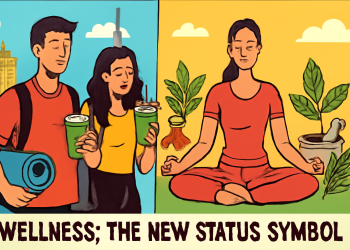No products in the cart.
Navigating Your Future: Choosing Between Work and Education
Facing a crossroads between career and education? We break down the essential factors to consider before making your decision.
Boston, USA — As the world grapples with rapid technological advancements and evolving job markets, young professionals face a daunting decision: should they enter the workforce or pursue higher education? This choice is not merely a personal preference; it involves a complex analysis of return on investment (ROI), skill gaps, market demand, and personal circumstances.
Both paths hold potential for growth and success, yet the right choice depends heavily on individual circumstances and career aspirations. Understanding the implications of each option is essential for making an informed decision that aligns with one’s goals.

### The Financial Equation: ROI and Costs
Both paths hold potential for growth and success, yet the right choice depends heavily on individual circumstances and career aspirations.
When weighing the options, financial considerations often take center stage. According to the National Center for Education Statistics (NCES), the average cost of attending a four-year institution in the U.S. exceeds $36,000 per year when factoring in tuition, fees, and living expenses[1]. Conversely, entering the workforce immediately can provide a steady income, potentially allowing for savings or investment opportunities.
However, the long-term financial implications of pursuing higher education can be significant. A report from the Georgetown University Center on Education and the Workforce reveals that individuals with a bachelor’s degree earn, on average, 84% more over their lifetime compared to those with only a high school diploma[2]. This stark contrast in earning potential underscores the importance of evaluating educational investments against projected career earnings.











